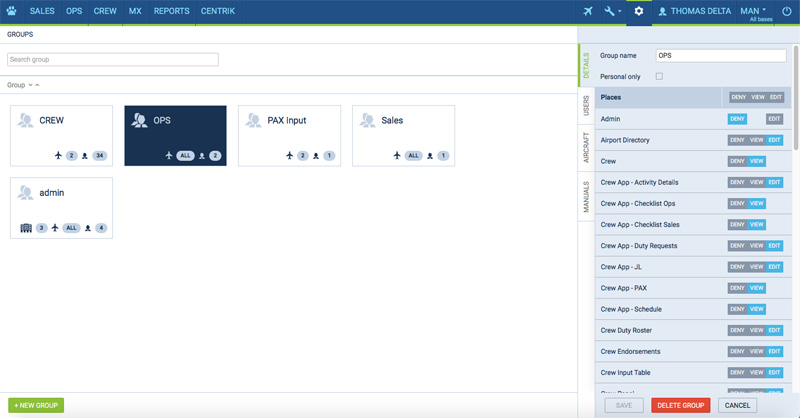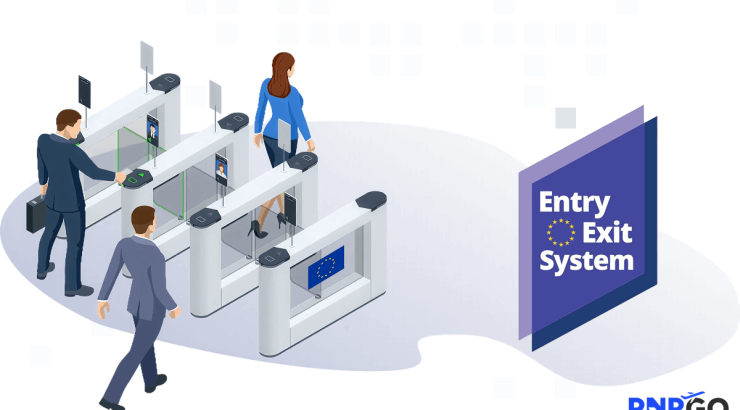Managing layers of access in Leon - made easy
The bigger the organization, the more demanding is the process of managing roles and permissions for its members in systems they use. A system without a clear permission structure is more volatile, at risk of security breach or accidental data loss.

At the same time, the system’s sophistication affects greatly the way it can be managed, resulting in some serious dilemmas regarding the scope of access granted to each user. Our recent focus was on addressing those issues while creating a seamless user experience for Leon administrators. This is how the new Privileges module was born.
How did we get there?
Believe it or not, the previous instalment of our access management module was quite a rocket science for its level of complexity during the configuration process. Setting things up was challenging at best and while complexity can be good in many cases, in the end we have taken a simpler, yet much more efficient route.
The new design of privileges has started with a set of rules. For example, you can create as many groups with certain access levels as you like, but each user can be assigned to only one of them. It may sound a bit restrictive at first, however due to this approach we have freed a lot of other dependencies, allowing us to develop a DIY solution for all Leon users. At the end of the day, our effort of making life easier for the aviation business involves delivering a scalable product, accessible to everyone.
As of now, new Privileges module is divided into 4 sections for each group. In the ‘Details’ tab you can quickly define permissions to each module or set of features. If you want to restrict access to specific aircraft for group members, simply deselect an appropriate tail from the list in the ‘Aircraft’ tab. Finally, the ‘Manual’ tab allows to distribute an internal documentation among users of the particular group.
Powerful yet simple
Let’s try some real-life applications of the all-new Privileges module.
In most cases setting groups up should reflect the actual organization structure alongside with each party’s responsibilities. Hence, it is wise to implement the principle of least privilege, which refers to providing users with a set of permissions tailored to their role – no more, no less. If planned carefully, this should result in a much more efficient collaboration between team members and less human errors.

Keeping in mind the rule of one group per user, you can diversify user groups on a basis of the organizational structure or specific roles users are filling. It makes sense to deny your crew access to the charter sales data but providing them with full access to Leon mobile application (features like for example ‘Crew App – JL’ and ‘Crew App – Duty Requests’). As the crew is often flying on certain tails, you can divide your crew’s group into separate ones, having access only to aircraft data specific to their current occupation. In case of crew management, it may also be useful to enable checkbox ‘Personal only’, making crew duties visible only to their respective assignees.
Privileges can also serve as a simple way of distributing digital documentation, such as manuals, reports and basically any documents that can be related to each particular group within the organization. Documents provided in that manner are available for download in the user’s profile, depending on the group he’s been assigned to.
Our Sales team would never, ever restrict your access to information about Leon. Don’t shy away from contacting them for full disclosure on our software.
And if you are already part of the community of 200+ Leon customers, our Support team will gladly help with setting up every single Privilege to accurately reflect your operational model.
Finally, please take a look at our Wiki for a detailed explanation of our new Privileges module.
TAGGED WITH



